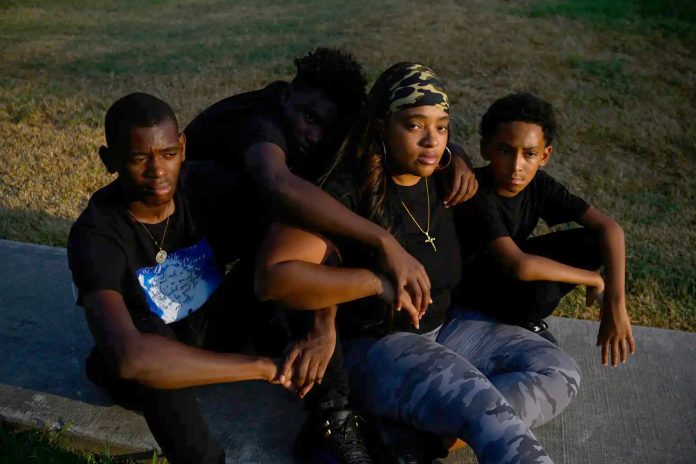
By Alejandro Serrano and Susie Webb, The Texas Tribune
BAYTOWN Yosha Hamilton was frying some pickles in the kitchen one Tuesday evening when she caught a quick glimpse of her son Shane outside. Before the two could catch up about their day, the teen scurried off to a friend’s home.
Hamilton didn’t take it personally. She figured Shane, who’d turned 16 just four days earlier, would be home soon. She also didn’t give too much thought to a rat-tat-tat of gunfire that cracked the dark, cool air outside a few minutes later. There’s always gunfire, she thought.
A moment later, Shane collapsed at the front door and was bleeding from gunshot wounds. It was the last time Hamilton would see her son alive.
“It’s hell,” she said this summer, sitting in her living room as she talked about the star high school athlete who will never finish his quest to become a professional basketball player. “I know it’s reality. But it’s hard.”
Shane was one of the first Texas teens killed with a gun this year after he was shot Jan. 10 somewhere between a friend’s house and his family’s apartment in Baytown, a suburb east of Houston. Hamilton still doesn’t know why Shane was shot — or who pulled the trigger.
One hundred and seventy-three more youths in Texas died from gunshot wounds in the eight months that followed Shane’s death, according to state health data. Each death represents a growing, gruesome trend. In 2020, gunshots became the leading cause of death for Texas youths. The number of youths — those younger than 18 — killed by guns in Texas went up from around 100 a decade ago to nearly 300 in 2022.
The available numbers on gun violence affecting children only hint at a complex problem that contains immeasurable impacts. Each death carves a canyon of grief through families and communities. Confusion and pain grow through the void left by the untimely end to a young life.
Most shootings bring trauma to a community, Dallas police Chief Eddie Garcia told The Texas Tribune, “but particularly when a juvenile is killed, it’s incredibly traumatic.”
Parents, mentors and teammates anguish over the same question: Why?
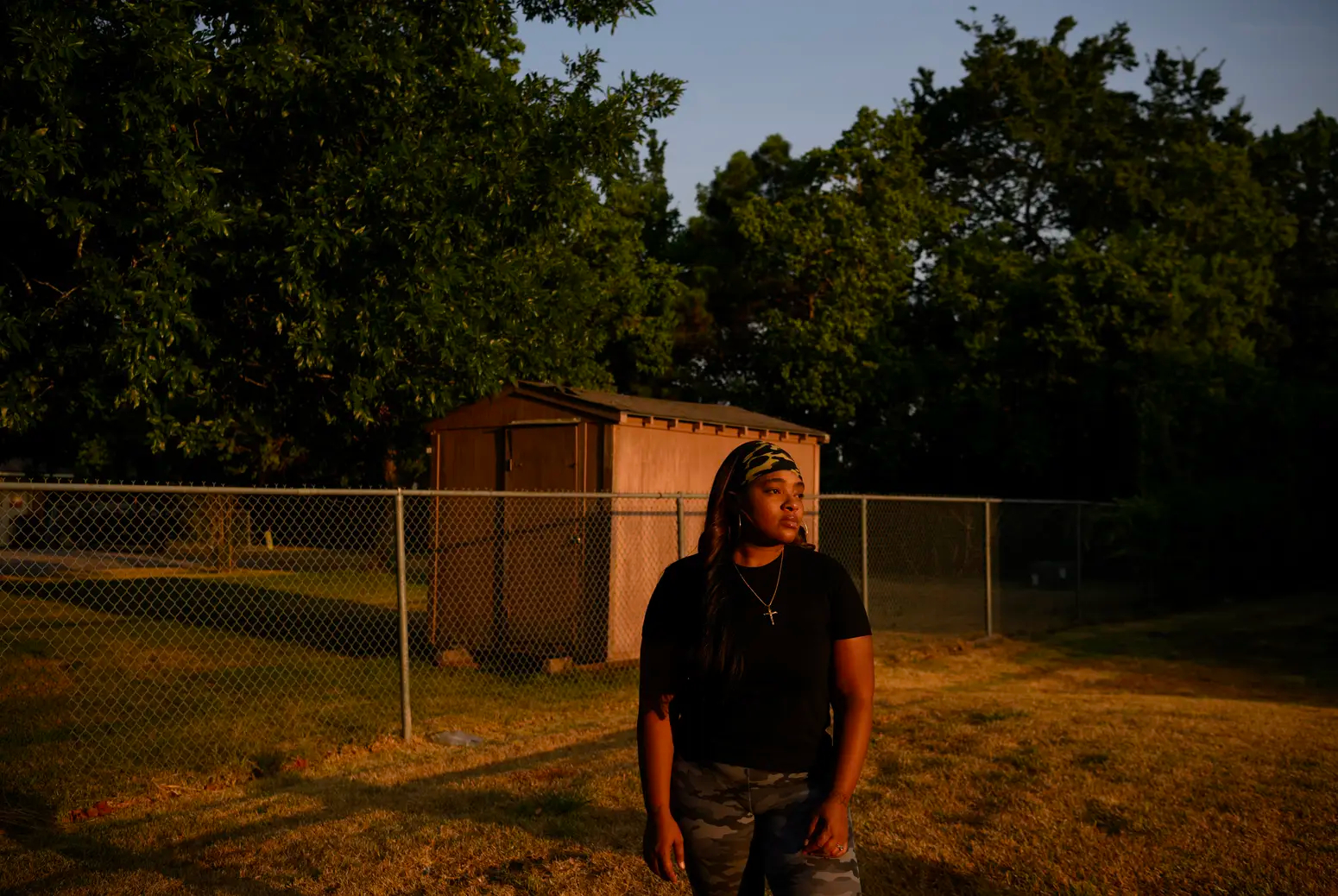
Researchers and police have struggled to find answers about individual shootings and the overall increase in deaths.
“You’re watching this like it’s a pandemic starting to take off, and you want to intervene now so to head off further increases,” said Dr. Jeffrey Butts, director of the Research and Evaluation Center at the John Jay College of Criminal Justice.
In 2012, state figures show, roughly three out of every 100,000 lives between the ages of 12 and 17 were ended with guns. Last year, gun deaths for that age group jumped to about eight out of 100,000 Texas teens.
All told, at least 248 teens died gun-related deaths last year compared with 79 a decade prior. State health officials say the numbers for the past two years are not yet final.
Physicians and gun safety advocates say the rate will continue to increase without intervention and attention.
Similar trends are reflected across the country. An analysis of data from the Centers for Disease Control and Prevention found firearms became the leading cause of death for American youth in 2020.
In Texas, Black youths are more likely to die from gunshots. Black Texans 17 and under died in gun-related incidents at twice the rate of white and Hispanic youths between 2017 and 2019, according to the Texas Department of State Health Services.
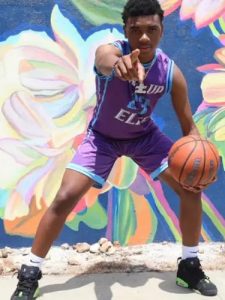
Each kid’s death has brought grief and a loss of potential. There’s De’Evan McFall, killed in Dallas by a bullet intended for someone else. There’s Bri’Jean Swain, found dead in Harris County two months after running away — her murder still unsolved. And there’s Shane, gunned down outside his mother’s home in Baytown.
The full circumstances of Shane’s death remain elusive — at least to the public and his mother. Baytown police arrested a 19-year-old but released him and have said he is no longer a person of interest. This month police linked Shane’s murder to another homicide “due to similarities,” but did not share any other information. No one else has been arrested.
Even when Shane’s mother thinks she’s stumbled on an idea or clue about why he was killed, the same question persists: How could any issue, big or small, lead to his killing?
In the absence of certainty, she said she prays to one day have answers even though those also would not bring him back.
“A song could come on or I could get on social media — somebody is going to post him on social media every day, and it’d be hard,” Hamilton said, nodding to the seemingly endless stream of remembrances for her son posted online. “The thing is what can I do? When in reality, there is nothing I can do to, of course, bring him back to me.”
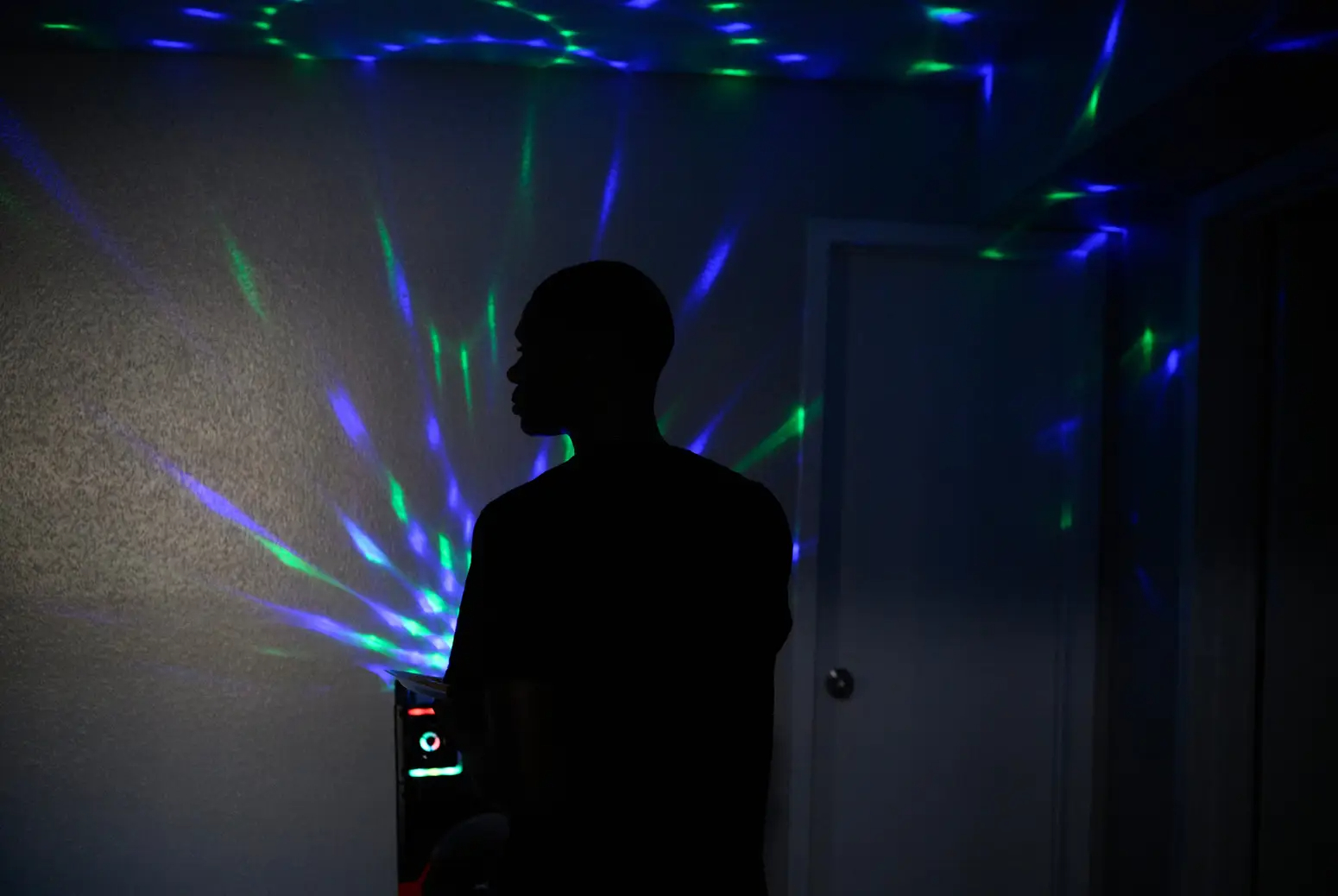
De’Evan McFall loved playing football and basketball. The 11-year-old also loved his mom, Vashunte Settles, and told her so every day — even when she was in a bad mood.
Settles hopes she told him she loved him back the last time he said it.
On Jan. 15, Settles was outside the family’s apartment in Dallas’ East Oak Cliff neighborhood with De’Evan and his 13-year-old sister, Angela, who got into an argument with a teenaged neighbor. Settles tried to defuse the altercation, but the other girl got a gun and fired at her daughter.
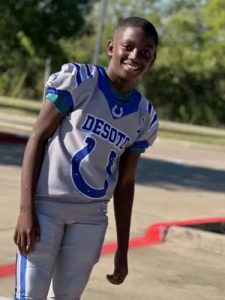
The bullet missed Angela. It struck De’Evan instead.
Paramedics took the boy to a hospital where he died, according to Dallas police.
In the days that followed the shooting, Settles was angry at her son’s death, angry at the other girl’s parents for not stopping the assault, angry at how an old argument quickly disintegrated into a shooting. The other girl’s mother was nearby but did not intervene, Settles said.
“I just couldn’t deal,” Settles said. “It really could have been avoided.”
The 14-year-old who fired the gun ran off, but officers later found her at a nearby apartment. She’s been charged in juvenile court with murder, according to Dallas police.
Settles said she has not received any updates about the case since. A Dallas police spokesperson said in October there was no new information the department could share.
Settles, who grew up in Little Rock, moved to Dallas with De’Evan and Angela in 2012 to be closer to her eldest son who lives in a nearby suburb. Like most parents, she expected her kids to focus on school and stay in line. She said in recent years her biggest challenge with them was ensuring they completed assignments when schools went online at the onset of the COVID-19 pandemic. Violence was not an issue.
Settles devoted herself to being a full-time, single parent after pain in her feet made it difficult to stand for long periods of time and tough to find a job.
But she was determined to provide a better life for her kids, so she took a truck driving class. She graduated five days before De’Evan died. Meeting strangers who loved her 11-year-old son at his funeral was not part of the plan.
Still, she followed through and in March began driving semis across the state. While she’s on the road, her mom takes care of Angela. The 14-hour shifts Settles works for weeks at a time now fill moments that would have included taking De’Evan and his sister to the park or to a Disney movie at a theater.
“I never thought I would go through this,” she said.
Angela has not been doing well either, Settles said. It’s become more difficult to talk to Angela without the teen “catching an attitude.” Settles senses her daughter is more standoffish.
“I really think we should talk more to our youth,” Settles said. “We have to find a way to get to them now, or there’s going to be nothing when we leave. We do everything to build our children up, but in the end, they tear each other down. It’s going to make a terrible world.”
While the rate of Texas youths using guns in suicides has remained relatively flat in recent years, the rate of gun-related youth homicides has ticked up, according to state data.
For a three-year period just a decade ago, there were slightly more gun suicides than gun homicides, data shows. By contrast, in the last three years, homicide gun deaths have happened at nearly double the rate of suicides.
There is no one clear answer as to what has driven the increase, police officials and criminologists say. But there are numerous theories.
“One of them, obviously, is the access to firearms,” San Antonio police Chief William McManus told reporters in June following a series of shootings that killed a 16-year-old and an 18-year-old and left bystanders, a 2-year-old and a 60-year-old, wounded. “I can’t give you a great answer.”
Advocates for stricter gun laws blame Texas lawmakers — at least in part — for the surge in violence because they have for years loosened the state’s gun laws.
Criminologists have said more guns may have contributed to increases of violence across the country since the beginning of the COVID-19 pandemic, as well as the mix of police brutality and the many stresses caused by the pandemic that contributed to overall unrest.
Evidence shows social media may be fueling youth violence with spats beginning online before quickly evolving into lethal action.
But it’s wrong to think this is only a young person problem — kids reflect the culture, said Butts, the John Jay criminologist. Kids grow up seeing guns and shootings on big screens, hearing about them in popular songs and practicings drills at school in case there is a shooting there. They also hear that they need one to protect themselves, he said. Guns are seen as a symbol of protection and strength.
“Why are we shocked?” he said.
Tackling the increase in gun deaths, however, is no simple task. There are any number of things — personal relationships, individual psychology, childhood exposure to violence — that spur someone to shoot someone else.
Garcia, the Dallas chief, sees an urgency. In an August interview, he said authorities there were on track to arrest more juveniles this year for suspicion of violent crimes than in each of the last two years. The number of young victims of those crimes has also increased, he said.
But police play just one role in trying to address a massive problem, Garcia said. To prevent violence, communities also need opportunities — often in partnership with schools and businesses — for youths to do something positive with their time.
“It goes back to investing in our kids,” he said. He pointed to one of his favorite quotes attributed to Frederick Douglass: It is easier to build strong children than to repair broken men.
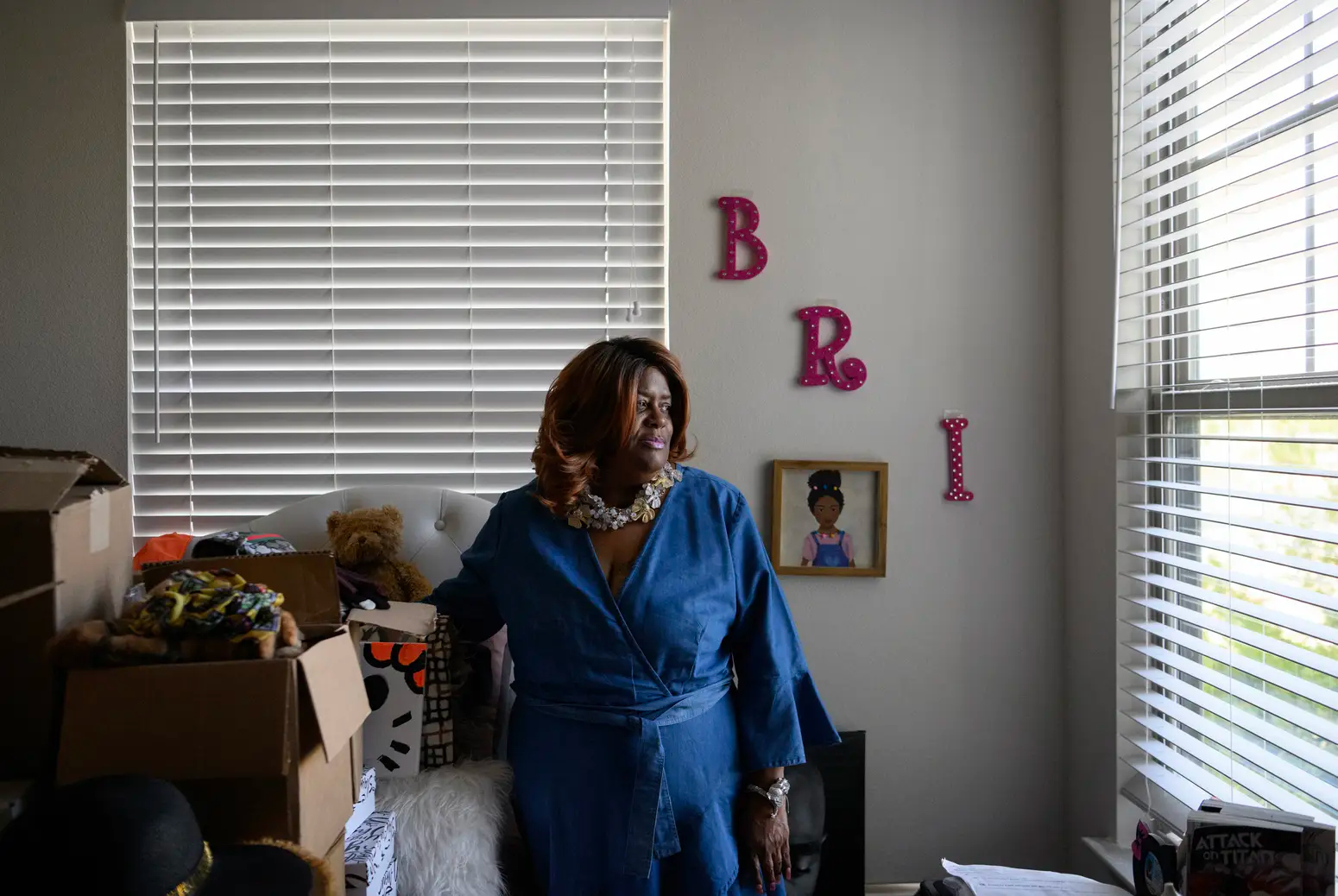
Bri’Jean Swain’s early life showed signs of promise — and problems. She entered the world fighting for her life, spending her earliest days in the intensive care unit of The Woman’s Hospital of Texas with fluid in her tiny lungs and heart palpitations. Her biological mom was addicted to drugs and lost custody.
Bri’Jean’s grandmother, Sherri Johnson, adopted the girl when she was 4.
Growing up, Bri’Jean took ballet lessons through her family’s church and later joined a robotics club. At one point she tried karate, too.
“She struggled with a lot of things — mentally, emotionally and physically. But she was still an outgoing little girl,” Johnson said. “Oh my god, anything and everything — she had to do.”
Kids at school, not knowing Johnson adopted Bri’Jean, teased the girl for having what they thought was an old mom, Johnson said. When they learned she was adopted, they teased her for that, too.
“People are just so mean,” Johnson said. “She would tell me, crying at night, ‘Mom, they’re beating me down.’”
As early as elementary school, Bri’Jean tried running away. The young girl was only beginning to fight what she later called her demons. Psychiatrists diagnosed her with a variety of conditions — bipolar disorder, dissociative identity disorder, eating disorders among them — and prescribed a corresponding list of medications. The diagnoses and the medication, Johnson said, irritated Bri’Jean.
Her outgoing personality still showed, though. Bri’Jean joined ROTC in high school and often baked goods to sell, sweetening the air in their home with the aroma of chocolate chip, macadamia and peanut butter cookies.
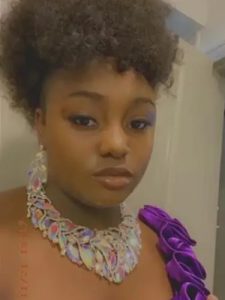
But in February, at age 17, she ran away again. Bri’Jean warned that if Johnson tried to go looking for her, she’d disappear for good.
Then in April, Bri’Jean FaceTimed and finally told Johnson she’d be coming home. Johnson, visiting her son in Las Vegas at the time, was relieved. She bought Bri’Jean $100 worth of groceries and told her she’d be in Houston soon.
The next day, a boy that Bri’Jean had run away with called Johnson to tell her that her daughter had killed herself.
Bri’Jean was shot in the face at a home in the Houston suburb of Alief. The medical examiner ruled it a homicide. No one has been arrested and Houston police, who continue investigating, have asked anyone with information to call homicide detectives, a department spokesperson said in October.
Since the girl’s death, Johnson has struggled to sleep and eat. She talks about devoting time to groups that advocate for mental health and against gun violence.
“She didn’t deserve it,” Johnson said, crying.
The violence has created what some medical experts and gun safety advocates call a pandemic of trauma.
Witnessing a deadly shooting or losing a loved one to gun violence can cause post-traumatic stress disorder, depression and anxiety issues, said Dr. Cedric Dark, associate professor of emergency medicine at Baylor College of Medicine in Houston. So can surviving a shooting. Sometimes, Dark said, people who don’t have strong coping mechanisms feel the need to retaliate.
“And now we just perpetuate a cycle of violence because we don’t deal with that emotional trauma as much as we deal with the physical trauma,” he said.
Shootings also hurt whole communities.
People and children may no longer feel comfortable spending time outside. Trust in government entities tasked with keeping them safe — like police — begins to erode, said Dr. Lois Lee, who works at Boston Children’s Hospital and leads research efforts in pediatric firearm injury prevention.
“We really have to think about what kind of world we want to live in when our children and teens don’t feel safe anywhere,” Lee said.
Trauma from exposure to gun violence can also harm childhood academic performance. That can begin a lifelong chain reaction that leads to fewer job prospects and makes people less likely to be financially prosperous and more likely to interact with the criminal justice system, said Peter Ambler, the executive director of the Giffords Law Center.
After a mass shooting, gun safety advocates and medics note, counselors are swiftly dispatched to the community where it occurs. But counselors are rarely sent to the less-noticed incidents of gun violence that occur much more frequently.
“What happens to the average person that’s shot in the urban environment, which is sort of the daily, trickled gun violence that we see every day?” Dark said. “That average person, for the most part, doesn’t get any kind of emotional support.”
Months after Shane’s death in Baytown, Hamilton still finds reminders of him everywhere — but few answers about why he’s gone.
“Because of the way it happened, we just don’t understand,” Hamilton said over the summer. “We don’t know why. What could he possibly have did to you?”
Hamilton said she receives occasional text messages from the lead detective on the case but there haven’t been any breakthroughs. A spokesperson for Baytown police said in October the investigation into Shane’s death remained active and as such authorities were “unable to provide any additional details.”
Shane was a passionate student athlete who first stepped on a football field at age 6, she recounted. That year he also stepped onto a basketball court, where he would unload most of his passion until recruiters from all sorts of high schools began blowing up Hamilton’s phone.
On her phone, Hamilton pulled up images of how Shane’s friends and teammates remember him. One teen customized a shoulder pad plate of his football uniform to commemorate Shane. There are plans for his high school basketball team to retire 23, the number he wore. The only exception will be if either of his younger brothers wish to wear the number one day, Hamilton said.
Shane was also a teen who loved seafood and cooking what his mom taught him, like grilled shrimp or a bowl of shrimp and grits. He was the life of an ongoing party, always surrounded by friends and good times.
He loved his siblings. Hours before he got killed, the first thing Shane did when he got home from school was pick up his baby brother and gave him a kiss.
He was a teen who “took no crap” from anyone on a basketball court, but was still a kid — one who would look over his shoulder to see his loved ones in the stands, especially after a big play.
“I’m gonna make it,” Hamilton remembers he would tell her. “Momma, watch.”
Hamilton thinks he could have, but will never know.
This article originally appeared in The Texas Tribune at https://www.texastribune.org/2023/10/30/gun-fatalities-texas-youths/.
The Texas Tribune is a member-supported, nonpartisan newsroom informing and engaging Texans on state politics and policy. Learn more at texastribune.org.



